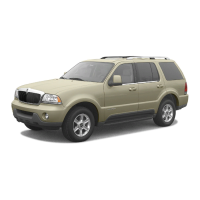
Do you have a question about the Lincoln Aviator 2003 and is the answer not in the manual?
| Brand | Lincoln |
|---|---|
| Model | Aviator 2003 |
| Category | Automobile |
| Language | English |
Alerts to vehicle conditions requiring attention or repair.
Displays for engine coolant temperature, fuel level, speedometer, etc.
Explains the brake warning light operation and indicates potential issues.
Details the ABS warning light and system functionality.
How to turn the audio system on/off and adjust volume.
Overview of the navigation system's features and operation.
List of commands that can be used with the voice activation feature.
Explains operation of automatic climate control system.
How to control auxiliary climate features for front and rear passengers.
Instructions for engaging, setting, and disengaging cruise control.
How to operate radio and climate controls from the steering wheel.
How to program the HomeLink system to operate garage doors, etc.
Common warning messages related to vehicle systems.
Warnings for low washer fluid, brake fluid, and oil levels.
Warnings related to engine temperature and power.
Alerts for low tire pressure, system faults, or sensor issues.
Explanation of the remote entry system's features and compliance.
How to program the remote transmitter to memory seat positions.
How to program remote transmitters to the vehicle.
How to use the keyless entry keypad for locking/unlocking doors.
Procedure to unlock doors using the keyless entry system.
Procedure to lock doors using the keyless entry system.
Details on the vehicle's anti-theft system and ignition immobilization.
Procedure for programming new coded keys for the vehicle.
How the perimeter anti-theft system prevents unauthorized entry.
Actions to disarm the vehicle's anti-theft system.
General safety advice for using restraints and seating.
Explains how seat belt pretensioners tighten during a crash.
Information on the SRS system and its operation.
Safety advice regarding children in vehicles with airbags.
Details on the side curtain airbag system and its operation.
How to attach child safety seats using tether straps.
How to attach child safety seats using LATCH anchors.
Steps and precautions before starting the engine.
Procedure for starting the vehicle's engine.
Explanation of ABS operation, noises, and warning lights.
How the brake assist system provides full braking force.
How AdvanceTrac enhances stability and traction.
Details on brake-shift interlock and gearshift positions.
How the rear park assist system warns of obstacles.
Information on AWD operation and AdvanceTrac modes.
How to handle sudden turns and emergency stops safely.
Guidance for driving safely on snowy or icy roads.
Definitions and guidance for vehicle loading and weight limits.
Steps to calculate vehicle load capacity and trailer weight.
Safety guidelines and equipment for towing trailers.
Tips for safe driving with a trailer attached.
Guidelines for towing vehicles with all wheels on the ground.
Information on Ford's complimentary roadside assistance program.
How to use the roadside assistance card and contact numbers.
Identifying blown fuses and their location.
Steps for safely changing a flat tire.
How to stop and secure the vehicle when changing a tire.
Safety precautions and procedure for jump starting.
Step-by-step guide for connecting jumper cables correctly.
Procedure for safely disconnecting jumper cables.
Guidelines for professional towing services and vehicle hook-up.
How to get service at home or away from home.
How to report vehicle defects to NHTSA and Ford.
Guidelines for washing the vehicle's exterior surfaces.
Highlights do-it-yourself items and professional service.
Safety warnings for working on the vehicle.
Diagrams and labels for engine compartment components.
Procedures for checking and adding engine oil.
Recommended engine oil type and filter specifications.
Maintenance and safety for the vehicle's battery.
How to check and add engine coolant levels.
Explanation of the fail-safe cooling system's operation.
Safety precautions when handling automotive fuels.
Guidance on selecting appropriate fuel types and octane ratings.
Techniques for measuring and improving fuel economy.
Habits to improve fuel economy.
Advice on tire selection and replacement.
Table listing fluid types, Ford part names, and capacities.
Table of lubricant specifications and Ford part names.
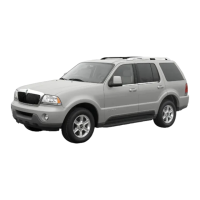
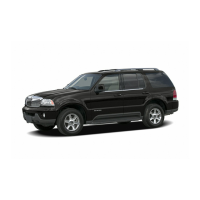
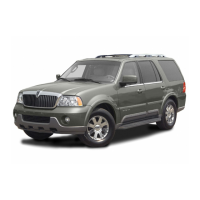



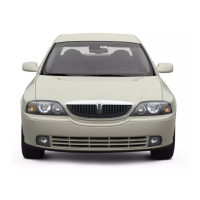
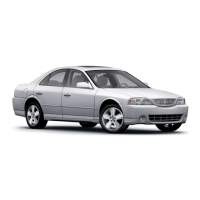
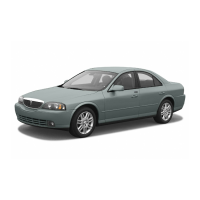


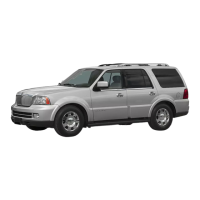
